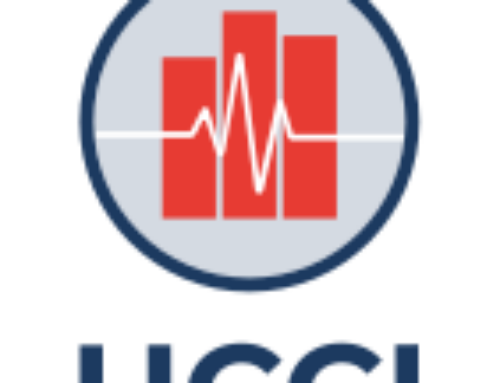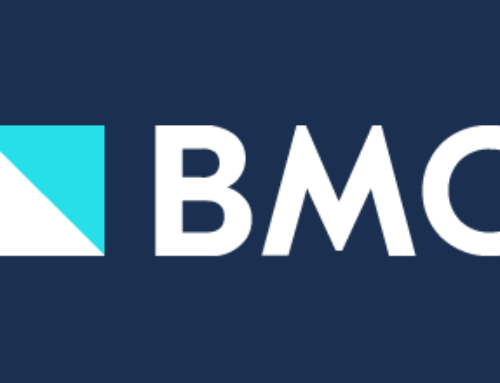CENTER UPDATE | October 2023
In this Issue:
- CMS Medicare Advantage V-BID Model Phase II Progress Report
- Value-Based Insurance Design in Connecticut and Minnesota
- IVI Releases Report on Centering Equity in Value-Based Care
- Strategies to Advance Women’s Health Equity
- 2024 V-BID Summit Save-the-Date: Overcoming Financial Toxicity
- Analysis of the Projected Health Plan Cost Hike in 2024
- Insurers Must Now Count Copay Assistance
- Biden Administration Looking to Expand Coverage of OTC Birth Control
- Employers Are Getting More Creative On Benefits
- Impact of Incentivizing Diabetic Medication Adherence
- Patients May Not Feel the Benefits of Medicare Drug Price Negotiations
- Childbirth Associated with Significant Medical Debt
- Denied Insurance Claims Are a Problem for Nearly 20% of Insured Adults
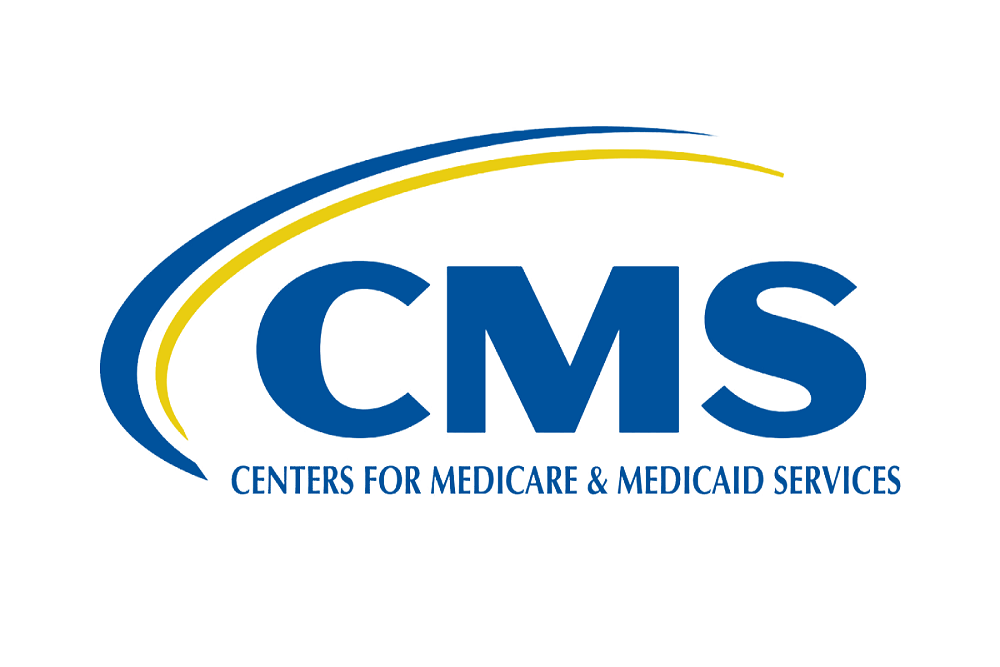
V-BID Phase II Progress Report Shows Promise and Potential
The Centers for Medicare & Medicaid Services (CMS) has released its midway evaluation of Phase II of the Medicare Advantage Value-Based Insurance Design (VBID) model, which is scheduled to run from 2020 to 2024. The report indicates significant growth in participation, changes in insurer behavior, and improved care quality for consumers. The number of participating plans increased from 370 in 2021 to 859 in 2022. V-BID plans are more likely to serve poorer communities and areas with greater Medicare Advantage (MA) penetration. Health plan star ratings improved by 8%, but there was a nearly 12% increase in inpatient hospital stays for V-BID plan consumers, possibly due to the COVID-19 pandemic. The report also highlighted changes in costs borne by CMS and an extension of the VBID model with Phase III, focusing on addressing social determinants of health and improving care coordination.
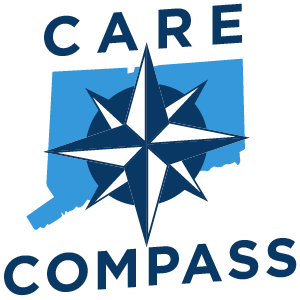

Value-Based Insurance Design in Connecticut and Minnesota State Employee Health Plans
Value-based insurance design (V-BID) programs, based on the ideal of promoting high-value healthcare services by reducing cost-sharing for those services and increasing cost-sharing for low-value care, are often voluntary and aim to improve health and reduce costs. A recent NASHP article took an in-depth look at two states with long-standing V-BID programs — Connecticut and Minnesota.
Connecticut initiated its Health Enhancement Program (HEP) in 2011 to incentivize primary care visits and chronic condition management. Enrollees meeting HEP requirements can avoid extra premiums and deductibles. Compliance rates have been high, reaching 98%, with the program’s financial incentives now being incorporated into primary care reforms. Minnesota’s Advantage Value for Diabetes program, launched in 2018, reduces cost-sharing for diabetes services and medications, benefiting members diagnosed with Type 1 or Type 2 diabetes, with no need for separate enrollment. Both states are committed to maintaining their successful V-BID programs, providing valuable insights for other regions.

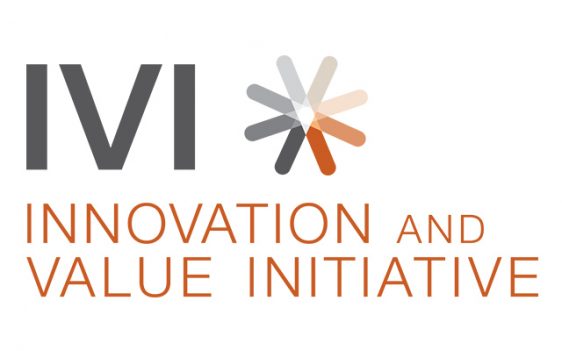
IVI Releases Report on Centering Equity in Value-Based Care
As part of its Health Equity Initiative, the Innovation and Value Initiative has released a new report that highlights the importance of addressing health disparities and equity in health technology assessment (HTA). The report identifies four key domains: Power, People, and Processes; Communications and Use; Data and Inputs; and Methods; and offers action steps for stakeholders to ensure equity is integrated into HTA processes:
- Partner with patients and caregivers to lead and create HTA
- Recognize patient and caregiver contributions
- Prioritize marginalized community representation within HTA
- Create and sustain diversity within the HTA workforce
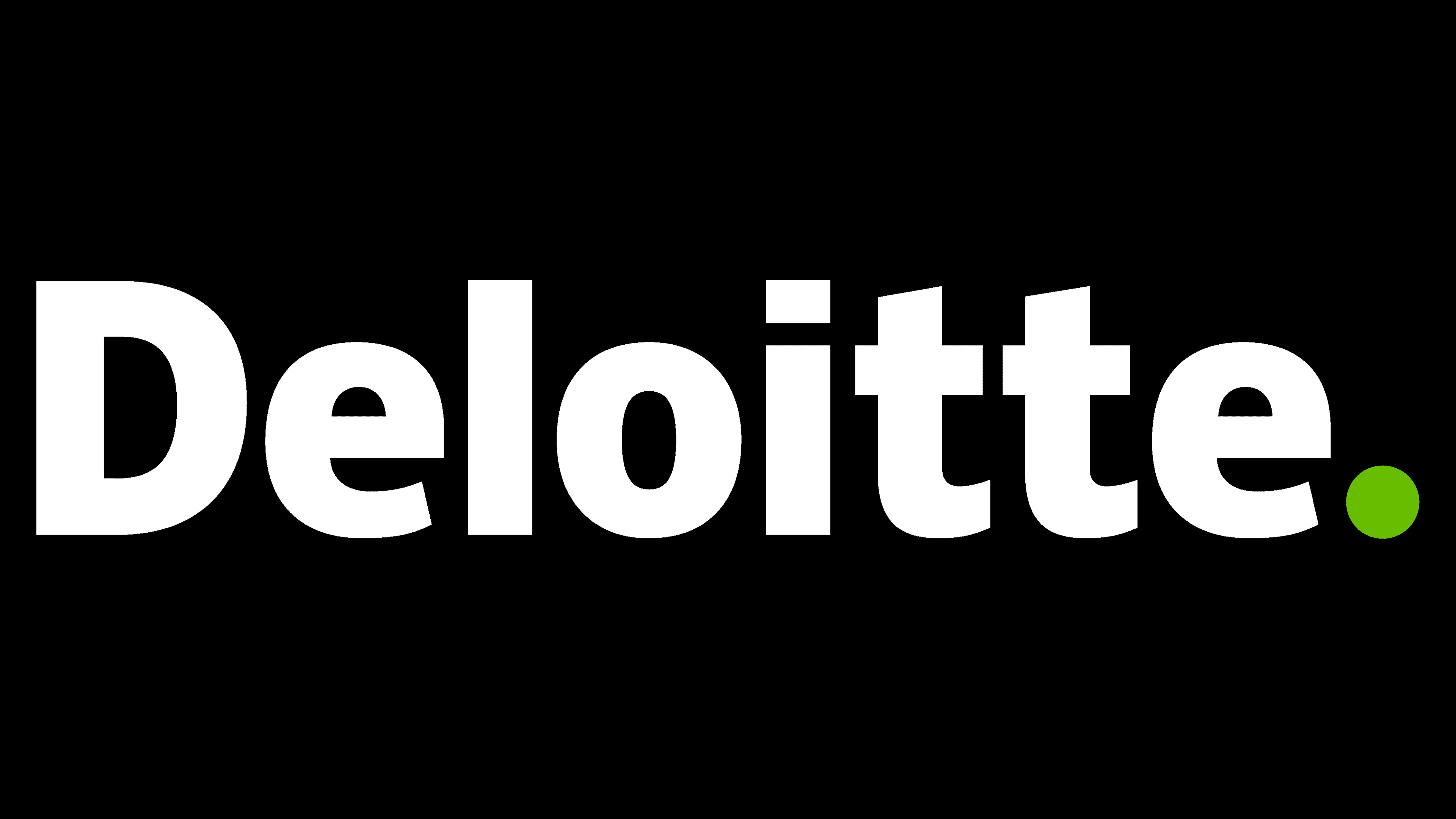
Strategies to Advance Women’s Health Equity
Deloitte has published a comprehensive report following their analysis that revealed women across all age groups experience disproportionately higher out-of-pocket medical expenses than men. Included are proactive measures for health care insurers, business leaders, and employers to advance health equity and well-being. These approaches, the report claims, “can not only alleviate the financial strain on women, but also foster equity within organizations.”
Save the Date: 2024 V-BID Summit
Overcoming Financial Toxicity
Mark your calendars! The annual Value-Based Insurance Design Summit will be hosted virtually on Wednesday, March 13, 2024, from 12pm to 4pm ET.
If you’re interested in sponsoring the event, please see our Sponsorship Information page.
Looking forward to hosting you all in March!


Analysis of 2024 Projected Health Plan Cost Hike
PwC’s Health Research Institute projects a 7% increase in medical costs for health plans in 2024, which is higher than the estimates for 2022 and 2023. This rise in medical costs is attributed to several factors, including hospital and physician consolidation, an increase in prescription drug costs, and a healthcare workforce shortage. On the other hand, the shift in the site of care from inpatient hospitals to cheaper outpatient or emergency rooms and the adoption of virtual care could help lower overall healthcare costs and improve employee health.
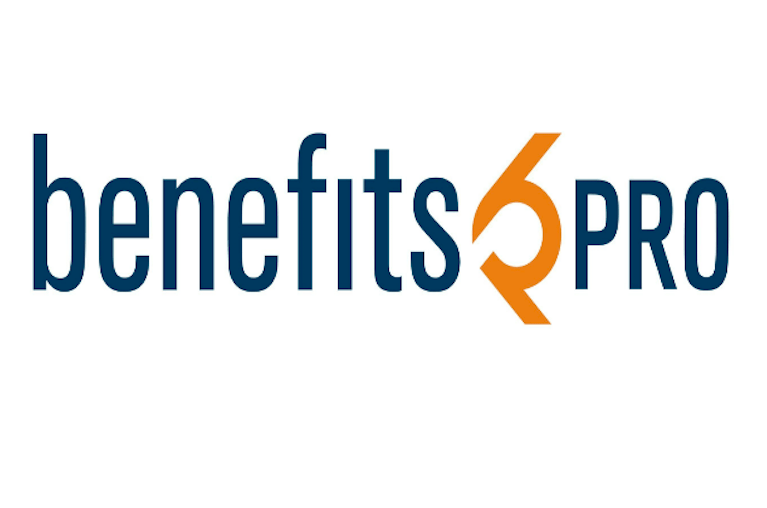
Insurers Must Now Count Copay Assistance After HHS 'Copay Accumulator' Rule Struck Down
A September U.S. District Court decision invalidated a Trump-era administrative rule that allowed health insurers to exclude drug manufacturers’ copay assistance from a patient’s out-of-pocket costs. The rule disproportionately affected patients with chronic diseases and expensive drugs, leading to higher out-of-pocket expenses. Patient advocacy groups and affected patients took the U.S. Department of Health and Human Services to court, arguing that “copay accumulator” policies allowed insurers to profit from copay assistance without reducing patients’ financial burdens. The ruling now prevents insurers from implementing copay accumulators for drugs without generic equivalents, potentially reducing costs for patients.

Biden Administration Looking to Expand Coverage of OTC Birth Control
The Biden administration is seeking public input on whether most health insurance plans should cover a range of over-the-counter (OTC) preventive products, such as contraception, at no cost to the insured. Currently, the Affordable Care Act mandates coverage for specific types of birth control, but only when prescribed. A Health Affairs Forefront article on the topic contends that reducing cost to contraception expands access, improves equity, and lowers medical expenditures.
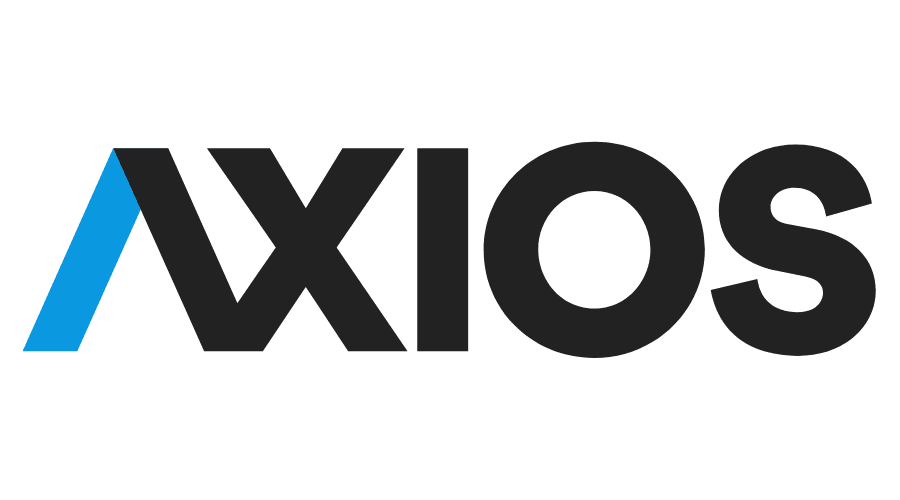
Employers Are Getting More Creative On Benefits
Amid expectations of a significant increase in employer health care costs, companies are revamping their benefits to align with employees’ needs while managing expenses. Rather than introducing new benefits, employers are focusing on addressing gaps in coverage, particularly in areas like mental health and women’s health. Employers are also recognizing the importance of supporting employees during menopause, emphasizing inclusive benefits, offering lifestyle spending accounts for non-health-related perks, and steering workers toward certain care options to save on costs.

Impact of Incentivizing Diabetic Medication Adherence on Employer and Patient Spending
A September Fast Fact from EBRI analyzed whether decreasing out-of-pocket costs will help patients to increase their medication adherence and prompt medical cost savings. Results showed that all three arrangements considered had a near-zero impact on total costs, that changing the plan design to 15% coinsurance had the lowest impact on spending, and making all oral antidiabetic medications free for patients had the most significant impact.

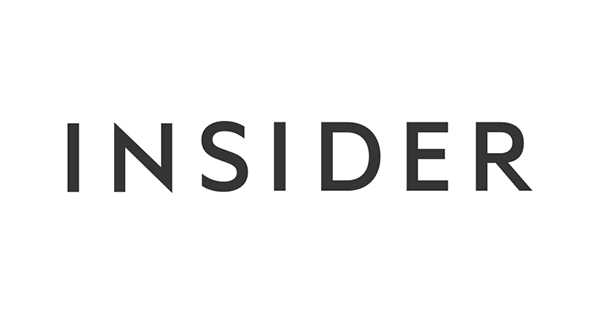
Patients May Not Feel the Benefits of Medicare Drug Price Negotiations
The federal government has released a list of 10 drugs covered by Medicare that will soon be subject to price negotiations, made possible by the Inflation Reduction Act (IRA). While the IRA is designed to save Medicare money, it may not necessarily lead to direct savings for patients, and the extent of the impact on consumer costs remains uncertain. The pharmaceutical industry is concerned that the IRA’s price-setting provisions may reduce access to medicines and treatment options for Medicare patients.

Childbirth Associated With Significant Medical Debt
A study led by Michigan Medicine suggests that postpartum individuals are more likely to accumulate medical debt compared to those who are pregnant. Postpartum individuals, particularly those in the lowest-income neighborhoods, had the highest likelihood of having medical debt. This debt may be due to various factors, including healthcare costs for pregnancy, birth, and postpartum care, caregiving expenses, and potential reductions in earnings after childbirth. The study calls for policymakers to consider efforts to reduce or eliminate out-of-pocket healthcare spending for maternal and infant care to alleviate financial hardship and improve birth equity.

Denied Insurance Claims Are a Problem for Nearly 20% of Insured Adults
A recent KFF survey reveals that approximately 60% of adults encounter challenges such as denied insurance claims, network inadequacies, or preauthorization delays when using their health insurance. Specifically, 18% of insured adults experienced denied claims in the past year, with those with employer-sponsored or Marketplace insurance facing a slightly higher incidence. Individuals who identified as LGBT were nearly twice as likely to experience denied claims. Those with denied claims reported difficulties understanding their health coverage, and they were more likely to encounter other issues with their insurance.
Please Help Support the V-BID Center
As we near the end of 2022, we recognize our accomplishments over the past year and look ahead to all we can achieve at the University of Michigan Center for Value-Based Insurance Design. Generosity from collaborators and friends like you allows us to remain focused on equity enhancing programs that improve access and affordability to essential clinical services
You will play an essential role in the future success of the V-BID Center by making a gift today. Thank you for your support.





